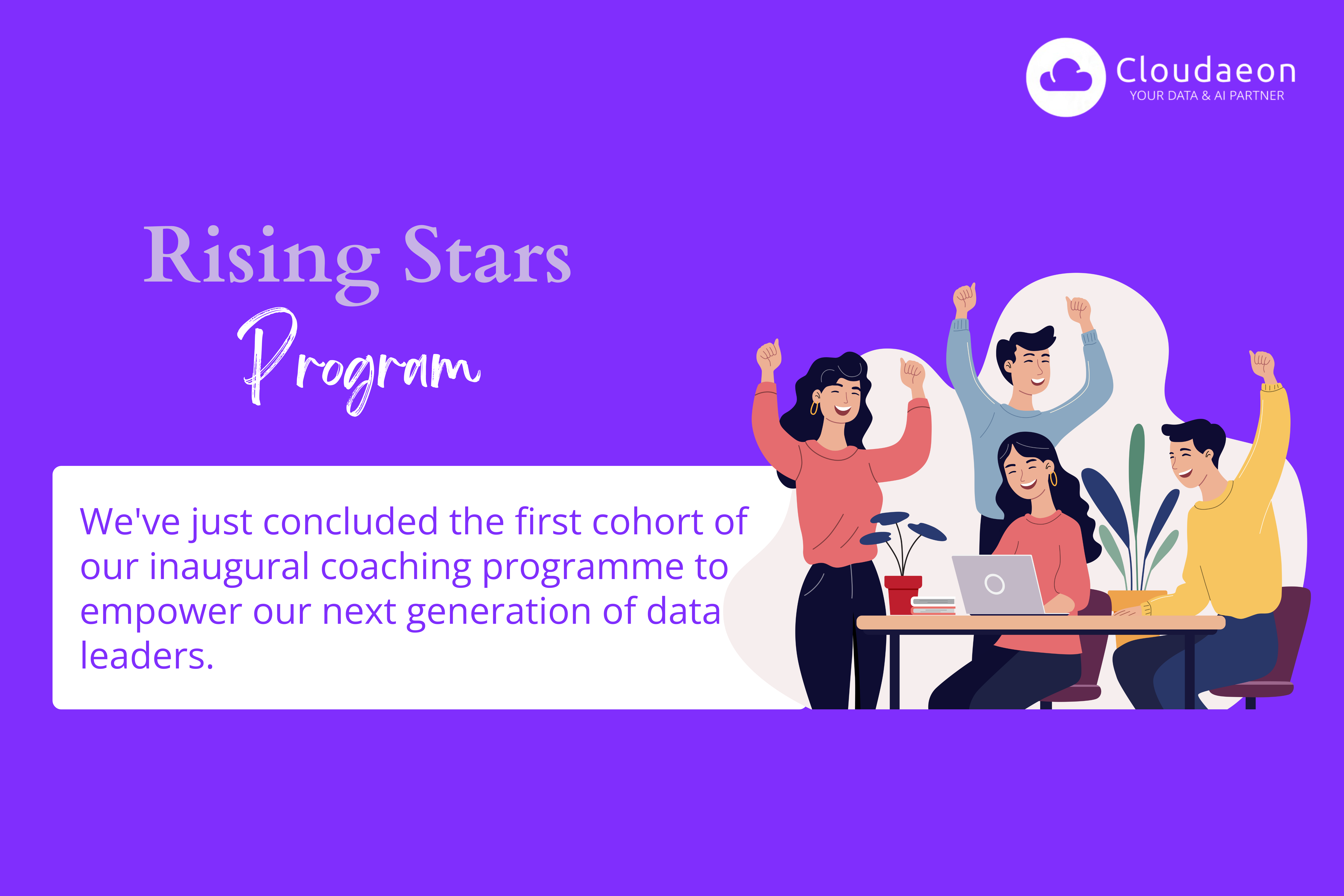In recent years, the business world has been impacted by the surging trend of rapid technology adoption. This trend has led to the creation of a culture where clients expect the businesses to have a strong digital presence. Thus, businesses are doing their best to move away from the legacy systems and adopting modern, innovative technologies to optimize their operations and to increase their reach.
To stay ahead of their competitors, businesses should think strategically and plan their IT modernization to align with their business goals. They must adopt policies that should be in line with their digital transformation goals to improve their business practices and upgrade their old processes to meet the standards of the digital ecosystem.
In this blog, we will present to you how IT infrastructure modernization can digitally improve your business. We will talk about the meaning, approach, best practices, and challenges of infrastructure modernization for businesses so that you can devise a suitable modernization strategy for your enterprise successfully.
What is Infrastructure modernization?
Infrastructure modernization refers to the process an enterprise undertakes to upgrade its legacy tech solutions or to replace them with the modern technologies. It relates to a company-wide move to switch away from outdated technologies and adopt innovative tools and platforms that streamline and automate critical business processes for their smooth functioning. It is the foundational step towards digital transformation.
Infrastructure modernization is a necessary step to take for businesses that want to progress in this new digital economy. Companies need to carefully plan, design, and incorporate modernization policies to not only fulfil their current needs but also meet their future objectives. Modernization, if handled correctly, can empower an organization, and boost its productivity. But if it is done without any proper vision and approach, it can also disrupt the organization’s processes and workflows which in turn can lead to loss in revenues and reputation. The following sections talk more about infrastructure modernization so that you can properly assess your efforts and expected results for conducting modernization in your organization.
Benefits of Infrastructure modernization
Following are the top benefits that come with infrastructure modernization for any organization –
- Faster release cycle
An improved IT Infrastructure leads the teams to adopt agile business practices and develop the products faster. IT teams can spend more time on innovation and R&D activities by leveraging the time saved through the automation of mundane business processes. Also, by integrating modern development practices like DevOps, organizations can release their new products and their updates at a faster rate.
- Improved security and trust
By modernizing the infrastructure, companies can ensure that the tools and platforms, through which applications are built, will provide better security and add value to their business. Cyber security has become the number one concern for most businesses and thus having a robust and secure infrastructure will lead to the development of trust among your stakeholders.
- Better customer experience
By providing their teams with a modernized infrastructure, companies can ensure that they are integrating all the latest UI standards, security protocols, and in-demand features in their products. This adds to the customer experience which in turn will help in building brand loyalty and recurring revenues.
- Costs reduction and revenue increase
Modernization increases the efficiency of the IT systems which reduces the issues related to security, storage, datacenter management, and availability. Over time, it leads to savings in the cost of operations. The new infrastructure facilitates the automation of tasks, thereby reducing the employee cost of the organization.
- Increased productivity and utilization
With modern tools and solutions, employees become more productive, and workflows get streamlined. The new-age technology systems are more robust, seamless, and compatible with the in-house apps. This helps the IT teams to focus on bigger perspectives and to better utilize their skills and resources in tasks that matter.
Optimal Strategy for Infrastructure Modernization
A well-laid-out strategy or plan will ensure the success of your infrastructure modernization. Following are the steps that you can take to modernize your infrastructure effectively –
- Assess your current infrastructure
The first step is to take note of the existing technologies and solutions that you are using and identify their shortcomings. You should identify your company’s pain points and challenges that it’s facing due to its legacy infrastructure. Issues such as non-scalability, security and data vulnerabilities, and slow performance are the common causes that lead an organization to seek modernization. After your assessment, you will have much better clarity on what you want out of your modernization process.
- Create a roadmap/plan for modernization
After the assessment, you should brainstorm and create a plan on how to commence your modernization journey. This plan will include the technologies, tools, and services that you want to incorporate into your modern infrastructure. A roadmap will help you to connect your business needs with relevant technology solutions. With a roadmap, you can gauge the time and effort required for realizing your modernization dream.
- Building the new infrastructure
This step involves the design, development, and deployment of the new infrastructure. Ideally, partnering with an experienced technology vendor is the way to go for building the required infrastructure. A partner can provide end-to-end service for creating and deploying your infrastructure. They are proficient in multiple technologies, and they can recommend the most optimal technologies and cloud platforms which will fit your needs and budget.
- Optimizing and extending the infrastructure
The deployment of the new infrastructure happens in an incremental manner. You start with replacing a few apps and processes and gradually keep on adding more and more tools and solutions ensuring non-disruption of workflows. During this process, you can keep on optimizing your infrastructure in terms of security, performance, and automation. Also, AI and analytics can help you to assess the status and health of your modernization and to judge whether you are on the right track.
- Support and maintenance
Again, a technology partner can help you tremendously in this phase of modernization. Once you have your modern infrastructure deployed and working, it requires regular updates, troubleshooting, and maintenance. A qualified partner can support your infrastructure – from tracking your billings and renewals to resolving tech issues to customizations of the platform and solutions. Having a constant source of support for your infrastructure is crucial for the long-term success of your modernization. /
Challenges in Infrastructure modernization
Although infrastructure modernization is always going to be a beneficial exercise for any organization’s future and will require efforts to be realized, there are some challenges that organizations should be aware of to make their modernization a smooth process. Common challenges that are faced by organizations in their infrastructure modernization journey are –
- Lack of planning
Without a clear roadmap, your infrastructure modernization will fail to provide the best results. Modernization happens in an incremental fashion, not at one go. So, you will need a robust plan with properly laid out technical and architectural transformations to bring about a successful modernization.
- Not enough budget
IT modernization is costly at first but over time it leads to huge savings in the cost. But business executives may make a mistake in assessing the viability of modernization and constrict the allocated budget. This may force the technology vendors to compromise on the quality or service of the infrastructure.
- No change management
Modernization introduces numerous changes in the way processes and resources are run and utilized. Adapting to this change can be tiresome if you don’t have a proper change management strategy. Such a strategy is crucial for aligning your workforce and processes to the new technology.
- Insufficient skills
Modernization is hard to adopt in and of itself. Lack of skills can affect your transformation journey in two ways. Firstly, if your workforce does not acquire the skills to operate in the new infrastructure, then its benefits will be dismal. Secondly, if your vendor or consultant is not well versed in requisite technologies then they will not be able to provide the necessary support.
Infrastructure modernization is one of the most important steps in the digital transformation of any enterprise. It is a critical factor in ensuring continual growth of the organization. Hence, it should be a part of your company’s growth strategy. We hope the above information about infrastructure modernization and the steps to achieve it will prove beneficial to your organization on its modernization journey.




